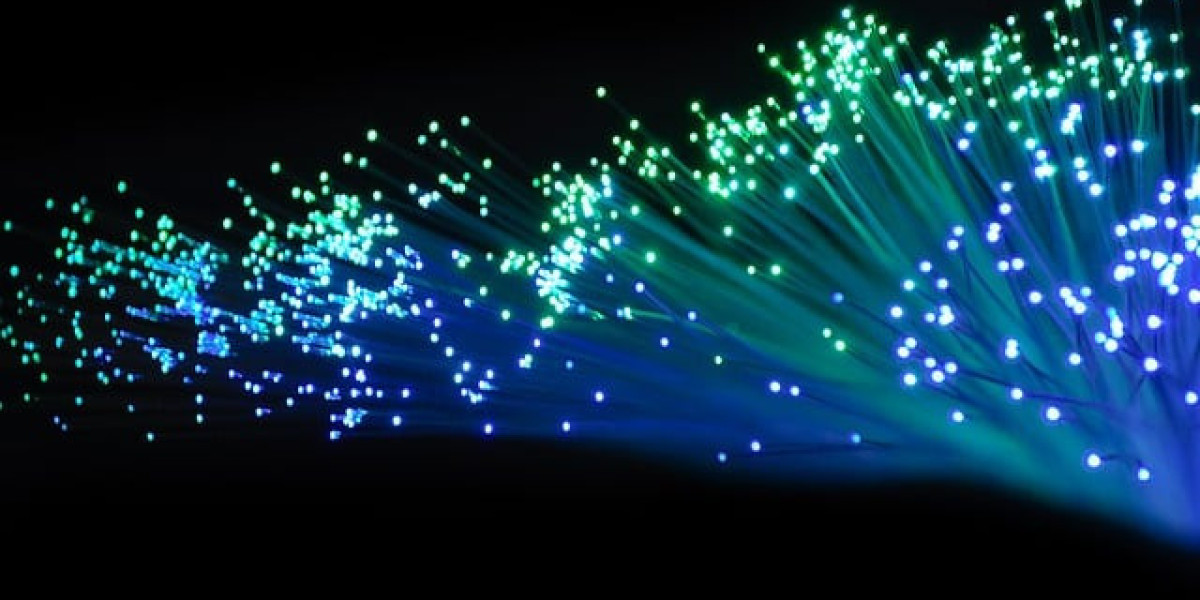The dark fiber market is shining brighter than ever in 2025. Once regarded as an untapped resource lying dormant beneath the ground, dark fiber is now emerging as a critical component of the global telecommunications infrastructure. With the rising demand for high-speed connectivity, data-driven enterprises, and next-generation technologies like 5G, IoT, and AI, the dark fiber market is set to hit new highs this year.
In this article, we’ll explore what’s driving the growth of dark fiber, the industries adopting it, and what the future holds for this promising market.
What Is Dark Fiber?
Dark fiber refers to unused optical fiber cables that were installed in anticipation of future demand but have yet to be "lit" or activated with data transmission equipment. In recent years, businesses, governments, and telecom providers have started utilizing this dormant infrastructure for secure, scalable, and high-capacity network solutions.
Dark Fiber Market in 2025: Key Drivers of Growth
Several factors are propelling the growth of the dark fiber market in 2025, including:
- Unprecedented Data Growth:
With digital transformation at its peak, data consumption is skyrocketing. From video streaming and remote work to augmented reality and smart cities, the need for fast and reliable networks has never been greater. Dark fiber provides the bandwidth to meet these growing demands without constant reinvestment in new infrastructure. - 5G and Beyond:
As telecom operators race to deploy 5G networks globally, dark fiber plays a critical role in providing the high-capacity backhaul networks needed to handle the massive amounts of data generated by 5G-enabled devices. - Rise of Private Networks:
Enterprises are increasingly investing in private networks for greater security, reliability, and control over their data. Dark fiber offers organizations the ability to customize their networks to meet unique performance and compliance requirements, particularly in industries like finance, healthcare, and tech. - Cloud and Data Centers:
The explosion of cloud services and data centers has made dark fiber indispensable. Businesses rely on dark fiber to connect data centers over long distances, enabling seamless operations, data storage, and low-latency applications.
Regional Trends in 2025
The dark fiber market is expanding worldwide, but some regions are leading the charge:
- North America:
The U.S. remains a leader in dark fiber adoption, thanks to its tech-driven industries, robust telecom investments, and widespread data center connectivity. - Europe:
In Europe, advancements in 5G and stringent data privacy regulations are driving enterprises toward secure dark fiber networks. - Asia-Pacific:
Rapid urbanization, smart city projects, and large-scale government initiatives in countries like India and China are fueling demand for dark fiber across the region.Challenges to Watch
While the dark fiber market is poised for rapid growth, challenges remain. High installation costs, complex regulations, and limited accessibility in rural areas may hinder expansion. However, technological advancements and government policies are gradually addressing these barriers.
The Future of Dark Fiber
In 2025 and beyond, dark fiber will remain a cornerstone of global connectivity. As businesses seek faster, more secure, and future-proof networks, the demand for dark fiber is expected to grow at a compound annual growth rate (CAGR) of over 10% through the decade.
Whether you’re a business leader, telecom provider, or investor, the dark fiber market offers vast opportunities for innovation, profitability, and growth.
For More Info https://www.gmiresearch.com/report/dark-fiber-market/
Conclusion
As the world becomes increasingly connected, the dark fiber market is transitioning from a hidden resource to a vital asset. With its ability to support cutting-edge technologies, reduce network congestion, and drive economic growth, dark fiber is no longer just an option—it’s a necessity.







